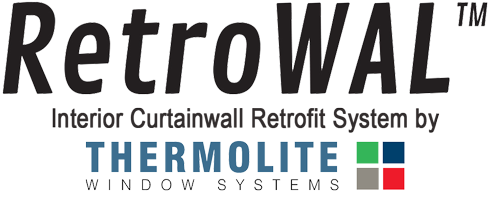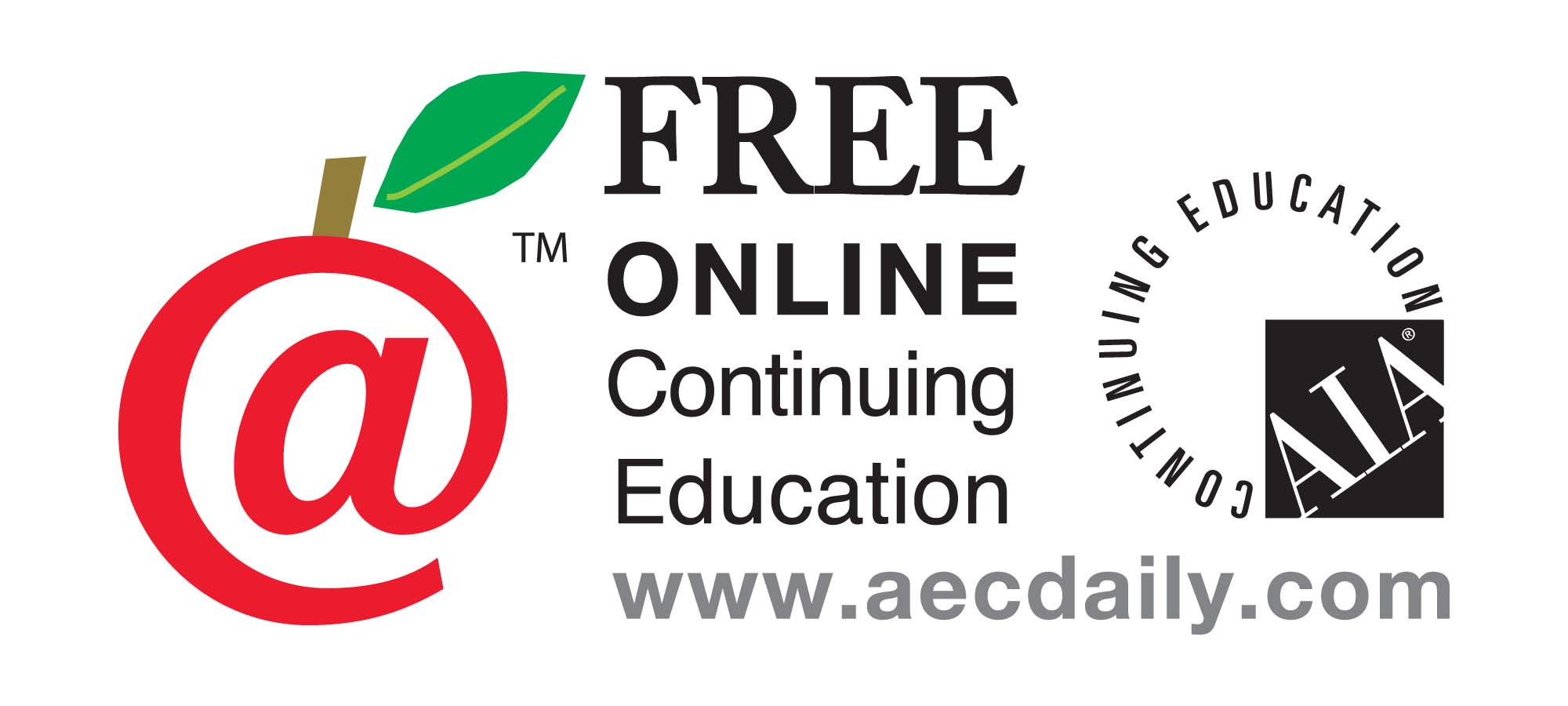Heat waves during summer months are a common cause of power outages. The high power consumed by HVAC systems during extreme weather – especially in large commercial buildings – can put a significant strain on the system itself as well as local power providers. The USA Today reported that the recent heat wave across the U.S. caused blackouts for about 46,000 people in New York City, prompting Governor Andrew Cuomo to blame electricity company Con Edison in a tweet.
While energy companies should certainly prepare for extreme weather, building owners and property managers can take proactive steps to better protect their tenants from power outages.
According to a report by the Department of Energy, 58% of a building’s energy is impacted by its windows, accounting for almost 14% of the total energy consumption in the U.S. During summer months, heat from the sun passes through window glass and warms the building. Clear single pane windows – the most common window type in buildings constructed before 1980 – provide almost no protection from solar heat and put tenants at a high risk of a power outage during cases of extreme heat waves. Buildings with single pane windows also require more energy and time to re-cool once power is restored following an outage.
The degree to which a window prevents solar heat from entering a building is measured and rated by its solar heat gain coefficient (SHGC). This is the fraction of solar radiation admitted through the glass, either transmitted directly and/or absorbed, and released as heat inside the building. The lower the SHGC, the less solar heat the glass transmits and the greater its shading ability. A window with a low SHGC is more effective at blocking heat gain from the sun, and therefore reducing cooling loads during the summer.
Thermolite’s RetroWAL Silver Series is an interior window system that utilizes low emissivity (low E) glass to reduce energy transfer through a building’s existing glazing. Low E glass differs from normal, clear glass in that one side of the glass is carefully treated with a metal coating. Low E coatings have been developed to minimize the amount of ultraviolet and infrared light that can pass through glass without compromising the amount visible light that is transmitted. Low E coatings play an important role in the overall performance of a window and can significantly affect the overall heating, lighting and cooling costs of a building.
Thermolite has contracted with independent laboratories to test exactly how much the RetroWAL Series improves not only the SHGC of single pane windows, but also the R value, U value, and visible transmittance – all of which contribute to the overall performance of a building’s glazing and are summarized in the table below. On average, the interior glass of a Thermolite window will be 20 degrees cooler than the existing window on a typical warm summer day.
If you own or manage a commercial building with single pane glass, contact Thermolite today to learn more about how an interior window retrofit can help reduce your energy costs while also keeping your tenants cool during intense summer heat waves.




